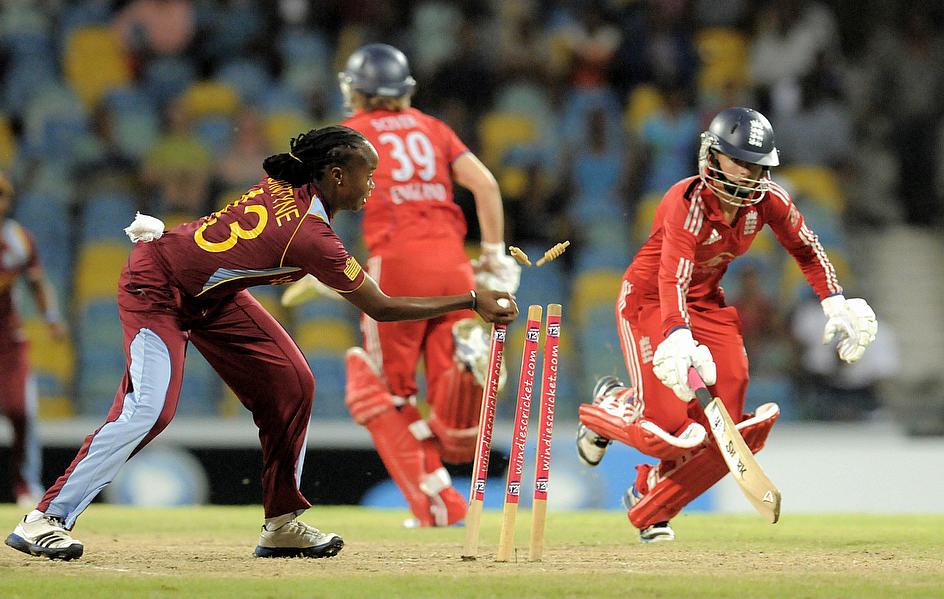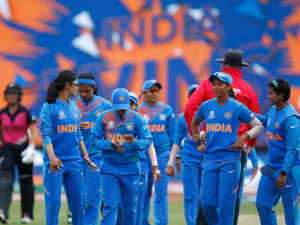None of the teams who play a match wants a super over to happen as every team wants to win the game in the first instance but there is one thing which is very evident that this super over definitely excites the fans but frankly speaking no teams want to go in that space.
What is a Super Over?
A “Super Over” is a one over method which is used to decide an eventual winner and it is used in limited over matches that are applied in a tie-breaking method. Super over is also known as “Oopsie” and “one-over eliminator”.
Rules of a Super-Over:
- In Super Over both teams gets to play one over each and the team who scored the most in those one over is decided as a winner. So as the rule suggests, each team selects only three batsmen to play during the Super-Over tie, with only two wickets for the team bowl-out during those six balls.
- The team who has batted second during the full-fledged match, bats first during the Super-Over clash while the other team chases the target to win the Super Over.
- If the Super Over ended on a tie, the winner was decided based on the maximum sixes hit by a team in both its innings, but then limited to the main innings.
- Later, the number of sixes were replaced by the most number of boundaries either of the team scored during the main full-fledged innings.
This rule was not known to many until the 2019 World Cup finals between England and New Zealand. After the 50-overs match ended on a tie, the match was stretched to a Super Over. The match already had so many nail-biting moments and the Super Over ending on a tie added more pressure on the fans and the players. Finally, the fate of the match was decided based on the most number of boundaries hit by a team during the 50-overs competition. Later, that rule faced a lot of repercussions after a disappointing result and agitated the cricket fans all over the world.
When did Super Over Originate?
The agenda of introducing the “Super Over” rule was to decide the final winner in the limited-overs cricket in case the match ended on a tie. Initially, the International Cricket Council (ICC) came up with a Super Over method as a replacement of the Bowl-out method that was used in the 2007 ICC T20 World Cup.
The method First came into use in a T20I game in 2008 between New Zealand and West Indies where West Indies scored 25/1 in one over and New Zealand came back with 15/2 in one over.
For the first time, the Super Over was used in an ICC event, that too in the finals of the ICC 2019 World Cup. The finals saw New Zeland and England engaging in a Super Over round after the main match ending on a tie. New Zealand set a target of 16 runs during the Super Overs but the mother of coincidences played a big game that day as the Super Over despite giving a white knuckle ended on a tie yielding no result from the score. However, England were declared the winners of the World Cup as per the rules of the ICC, by scoring the maximum number of boundaries during the 50-over game. Till date, Zealand has been the unluckiest team when it comes to winning the super over as they have lost the maximum number of matches in Super Over encounters.
How did Super Over method evolve?
- After the Super Overs’ acceptance by all the Test-playing nations, the method was soon introduced to the One-Day International and was to be used in 2011 Cricket World Cup knockout stage. However, it remained unused with no matches ending on a tie.
- After the 2019 World Cup finals criticism, ICC came up with a new rule stating if the match is tied a Super Over is played. If the Super Over is a tie, then subsequent Super Overs shall be played until there is a winner. Unless exceptional circumstances arise, there shall be an unlimited number of Super Overs played to achieve a conclusive winner.
- It implies that the Super over method will keep going only in the semifinal and final stages but in case of the group stage matches if a match gets tied then a super over will be conducted and if it comes out as a tie there will be no more super over and the final outcome of the match will be declared as a tie.
- However, if the DuckWorth-Lewis method comes into existence in that situation Super Over will be a count-back criterion. There is one over given to both the teams and the team who scores maximum runs will emerge as a winner.
Super Over Rule in Women’s Cricket
The “Super Over” rule was introduced in the Women’s Cricket in the year 2017 during the knockout stages of the Women’s Cricket World Cup and the Champions Trophy.
The new rule that has been implemented by the ICC after the controversial decision of the 2019 World Cup finals is applicable to both the Men’s and Women’s Cricket.








